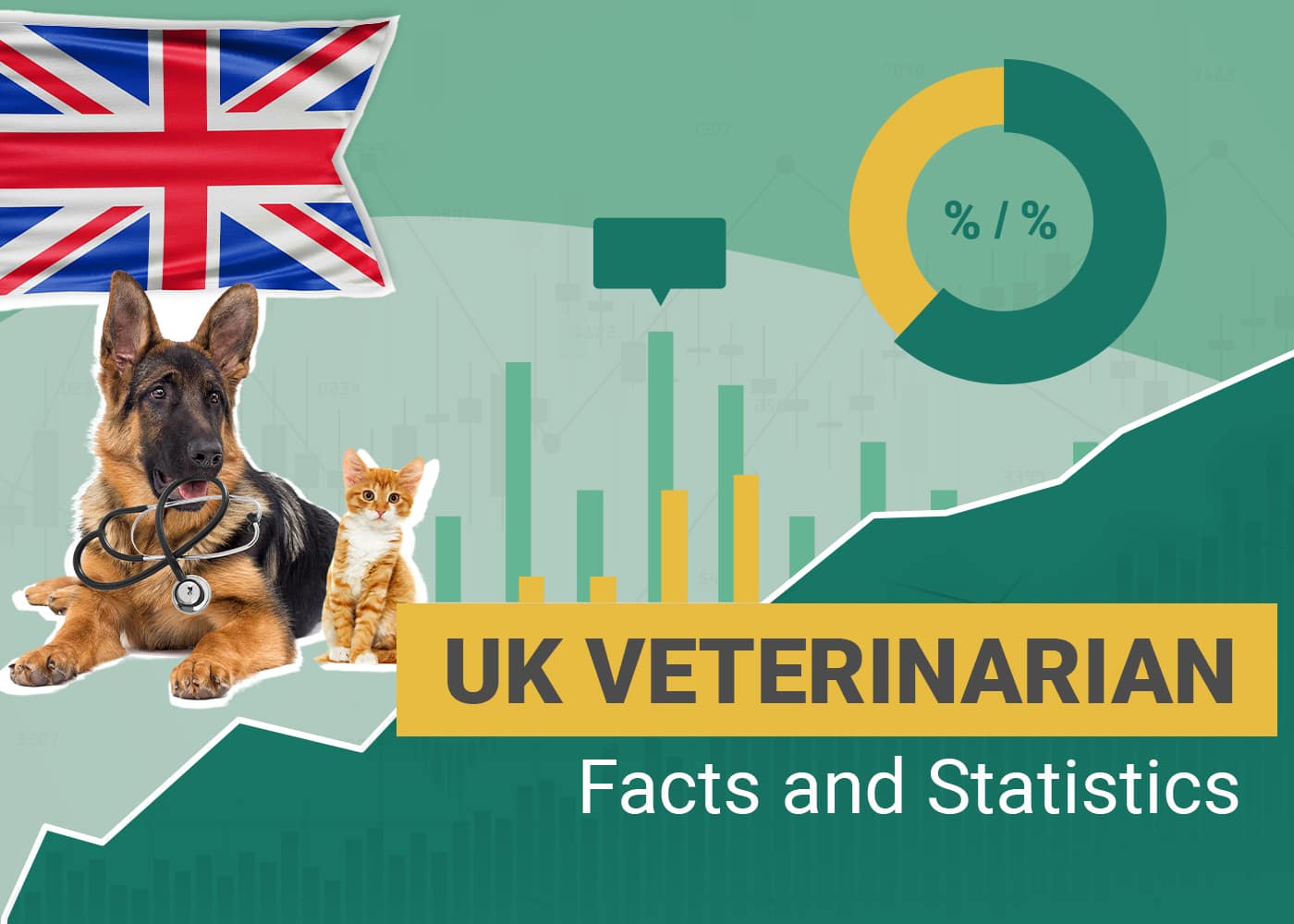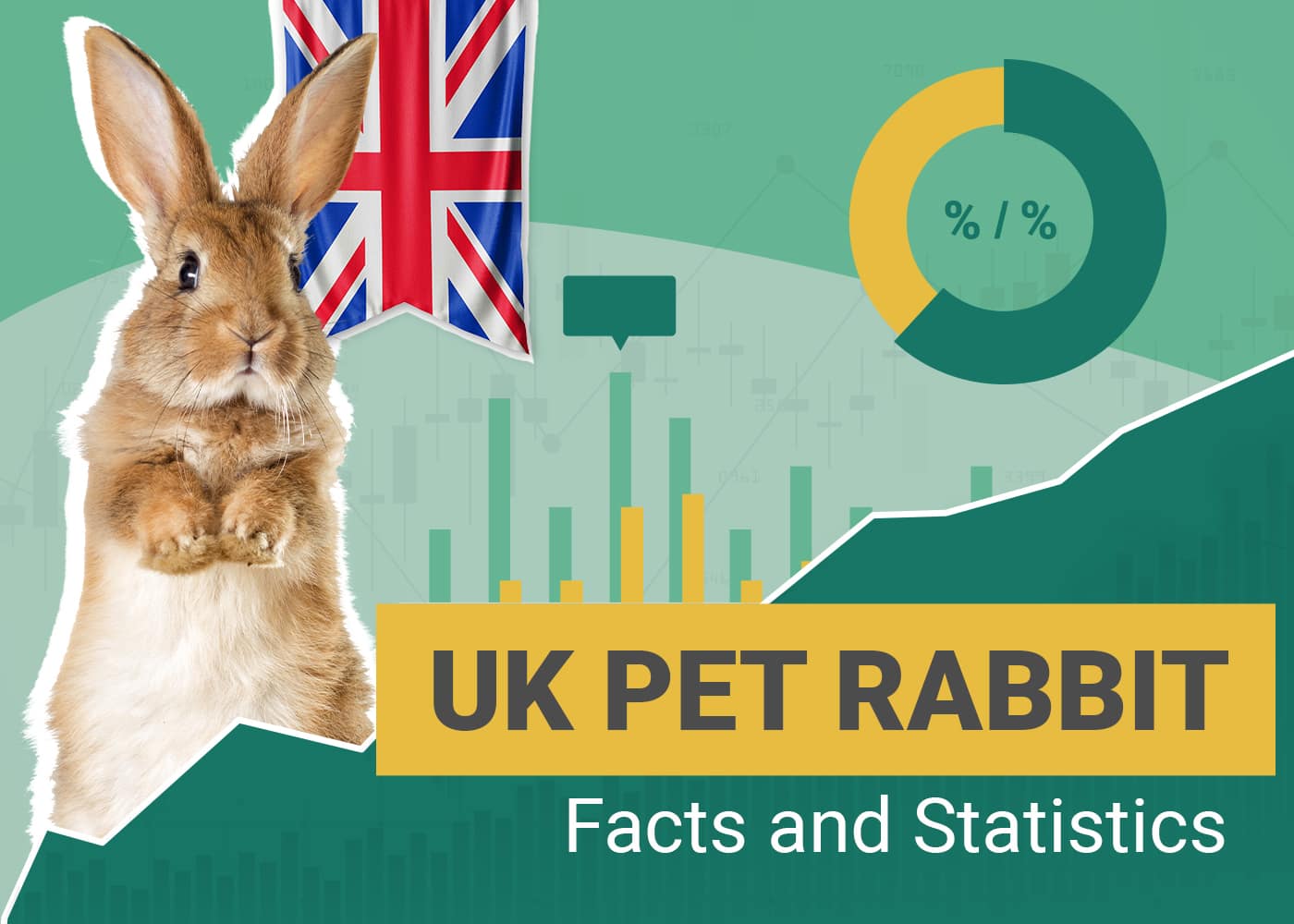Click to Skip Ahead
Note: This article’s statistics come from third-party sources and do not represent the opinions of this website.
Brits love their pets. It is estimated that there are more than 12 million households with approximately 50 million pets in total. Dogs remain the most popular pets, with cats the second most popular, while 2% of the population owns a rabbit.
Ideally, pet owners would only need to visit a veterinarian for annual checkups and vaccinations, but vets are also used to treat emergencies and carry out surgery and other procedures on animals. Here are 11 interesting facts about veterinarians in the UK, including statistics about the education required to become a professional vet and the career itself.

Top 11 UK Veterinarian Statistics
- It takes 5 to 6 years of formal schooling to become a vet.
- Vet school, on average, costs UK citizens £9,250 per year.
- There are 11 recognized veterinary schools in the UK.
- 80% of the applicants for veterinary degree programs are women.
- After the COVID-19 pandemic, vet school enrollment across the UK fell about 11%.
- There are 27,000 registered vets in the UK.
- Veterinary surgeons earn an average of £40,000.
- A full-time vet works, on average, 40–45 hours per week.
- About 40% of practicing vets in the UK are men.
- The British spent about £5.3 billion on veterinary and other pet services.
- In 2022, the value of claim payments on pet insurance policies was around £1 billion.
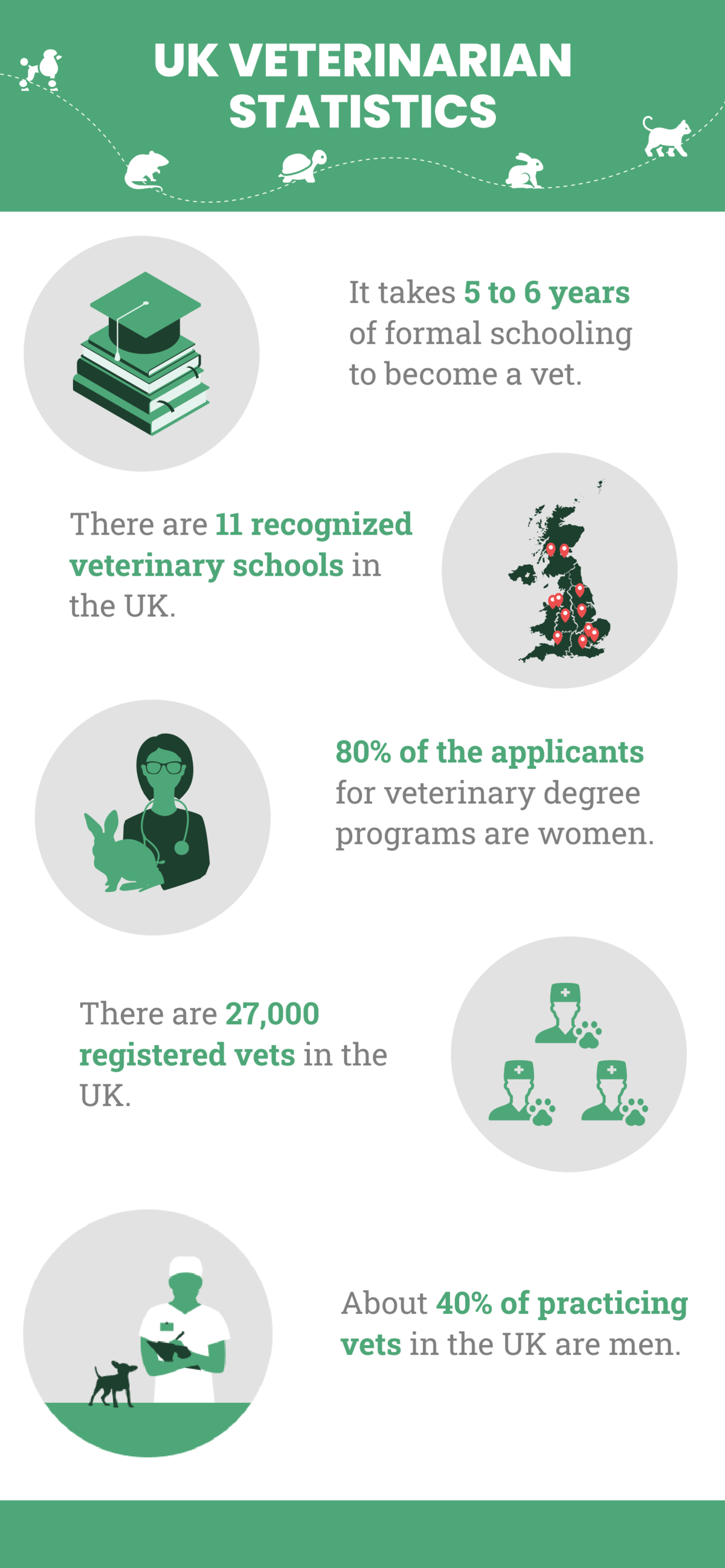
Veterinary Education Statistics
1. It takes 5 to 6 years of formal schooling to become a vet.
(Gov.uk)
Becoming a vet is not something that happens overnight. People need to study and train formally for 5 to 6 years to be a veterinarian in the UK. Some people who have a related previous degree can finish their schooling in 4 years.

2. Vet school, on average, costs UK citizens £9,250 per year.
(The Medical Portal)
Not only does becoming a veterinarian take time, but it can also be a bit costly. On average, UK citizens will pay £9,250 annually for their education, resulting in £46,250 to £55,500. It is even more for international students, averaging between £33,000 and £67,000 annually.
3. There are 11 recognized veterinary schools in the UK.
(BVA) (AAVMC)
If you want to study to become a veterinarian in the UK, you have 11 schools from which to apply. This is a decent number, considering the geographical size of Great Britain. In the US, there are 32 schools of veterinary medicine.
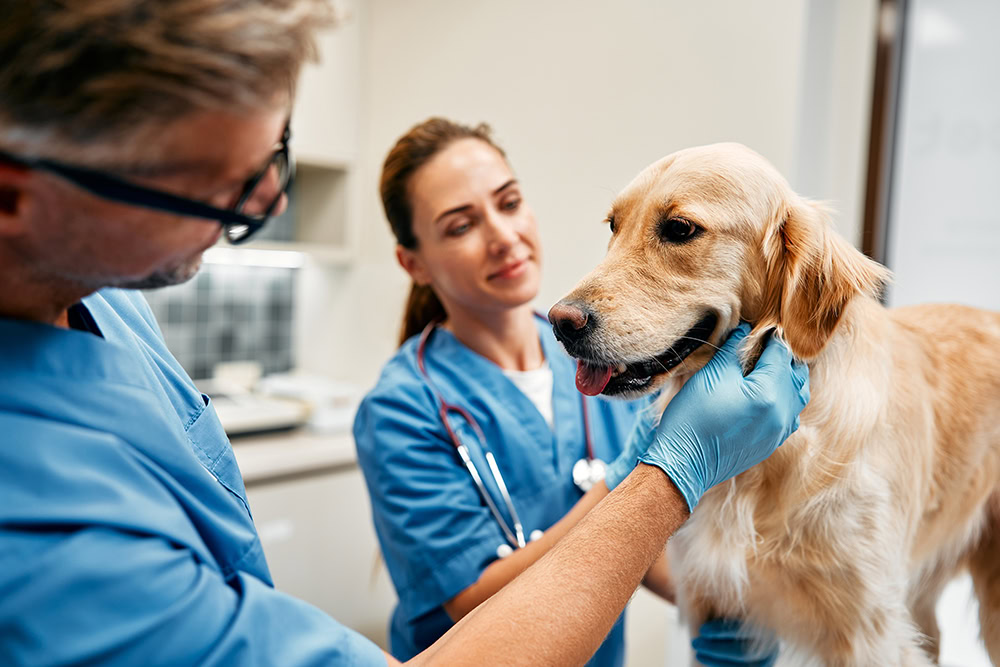
4. 80% of the applicants for veterinary degree programs are women.
(Elite Veterinary Staff)
For years, being a veterinarian was male-dominated. However, Aleen Cust helped pave the way for women vets in the UK. Although she passed her sitting exams in 1900, she was not allowed to join the RCVS until 1922. However, 100 years after that, 80% of applicants to vet schools are women.
5. After the COVID-19 pandemic, vet school enrollment across the UK fell about 11%.
(Vet Times)
The COVID-19 pandemic affected many aspects of life, including vet school enrollment. In 2022, 2,370 students enrolled in vet school programs, an 11% decrease from the previous year. Perhaps some people were not able to afford the school tuition.
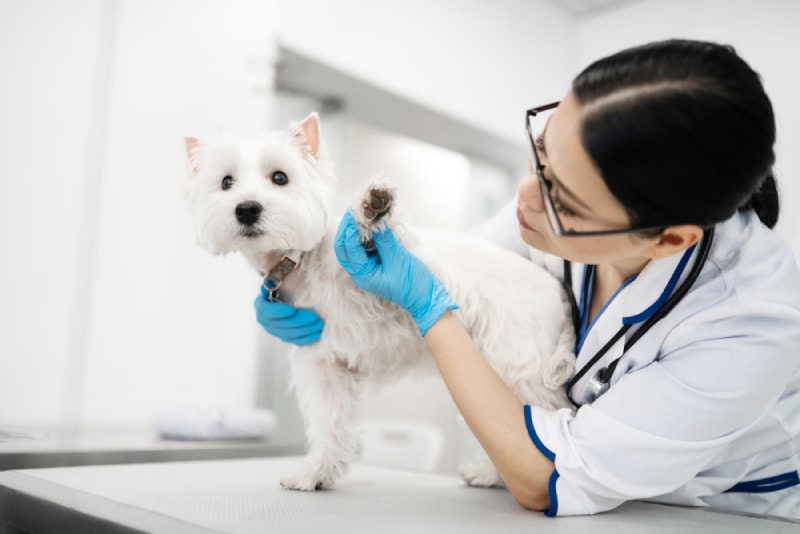

Veterinary Employment Statistics
6. There are 27,000 registered vets in the UK.
(Statista 1)
Since vet school enrollment has decreased, the number of registered vets in the UK has also decreased. However, this industry has seen fluctuations over the years, so the numbers could increase by 2025.
7. Veterinary surgeons earn an average of £40,000.
(Gov.uk)
The average salary of a vet is £40,000. This number varies on a few factors, including specializations, location, and experience level. Some vets can earn £30,000, whereas some can make up to £50,000.
8. A full-time vet works, on average, 40–45 hours per week.
(Gov.uk)
Some people might think veterinarians work around the clock. While veterinarians who work at emergency clinics might have varying hours, the average number of hours vets put in a week is typical of a 9-to-5 job. However, all vet positions are not the same so the hours may vary.
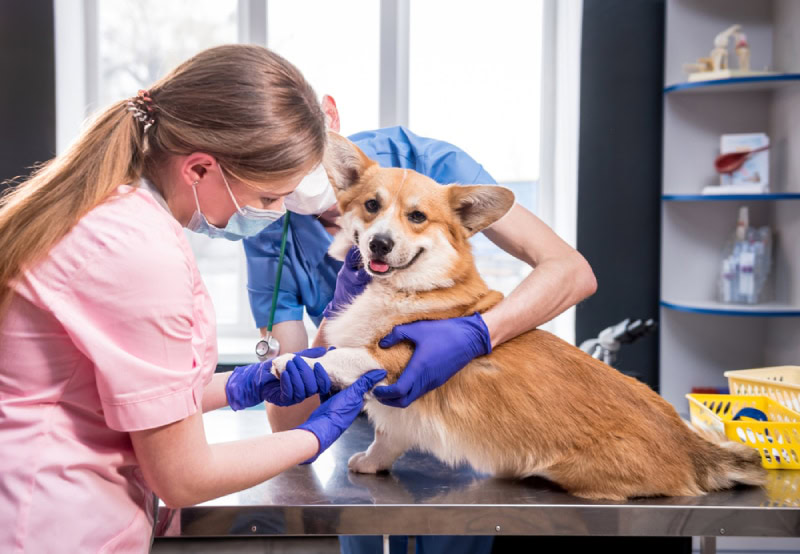
9. About 40% of practicing vets in the UK are men.
(Elite Veterinary Staff)
The veterinary industry used to be entirely men. However, there is a growing number of women who are entering the field. About 60% of practicing veterinarians are women, and based on the percentage of women applying to vet schools, that number may increase over the years.

Veterinary Use Statistics
10. The British spent about £5.3 billion on veterinary and other pet services.
(Statista 2)
Pet care does not just include food. Veterinary services account for a large percent of what is spent on pets. The £5.3 billion covers not only vet services but grooming and boarding services as well.
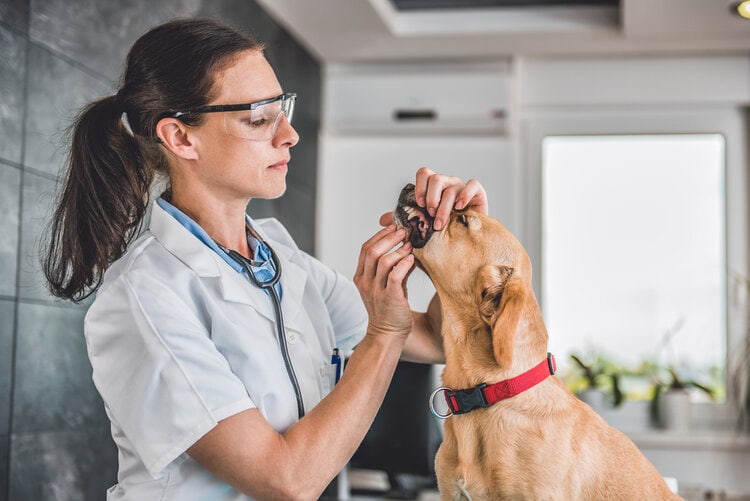
11. In 2022, the value of claim payments on pet insurance policies was around £1 billion.
(Statista 3)
Pet insurance is a good idea for any pet owner. While we take good care of our pets, accidents happen, and you do not want to be surprised by an expensive vet bill. Many pet owners in the UK are enrolling in pet insurance. In fact, claim payments increased by over £120 million in 2021, leading the value of claim payments to be close to £1 billion.

Frequently Asked Questions About UK Vets
How Many Veterinarians Are There in the UK?
Although it is difficult to say exactly how many veterinarians there are in the UK, there are believed to be around 27,000 registered vets in total.
How Many Animals Do Veterinarians Save a Year?
It is impossible to say how many animals are saved by vets because there is no register of these figures, and in some cases, it would be impossible to determine whether an animal was saved by the vet or would have survived, anyway.
How Many Veterinarians Are Employed by the Government?
Around 5% or approximately 1,500 vets are employed by the government in some capacity. They work in fields such as environmental science, the promotion of animal welfare, and even public health. The Department for Environment, Food and Rural Affairs (DEFRA) and the Animal and Plant Health Agency (APHA) are the two biggest government employers of vets. (University of Nottingham)

Conclusion
Vets provide an invaluable service, not only to pet owners but also in government, laboratory, and educational settings. They are essential to animal welfare, and the most common employers of this profession are vet practices, zoos, and agencies like DEFRA and APHA.
Average salaries range from a starting salary of £30,000 to £50,000, reserved for those with the most experience and in the busiest practices. Studying takes 5 to 6 years and requires good GCSE and A-level results to gain a place in one of the 11 recognized vet schools in the UK.
Featured Image Credit: Syda Productions, Shutterstock
